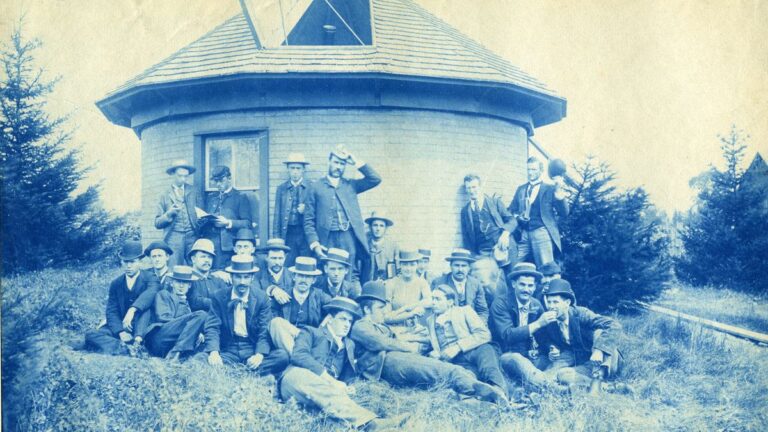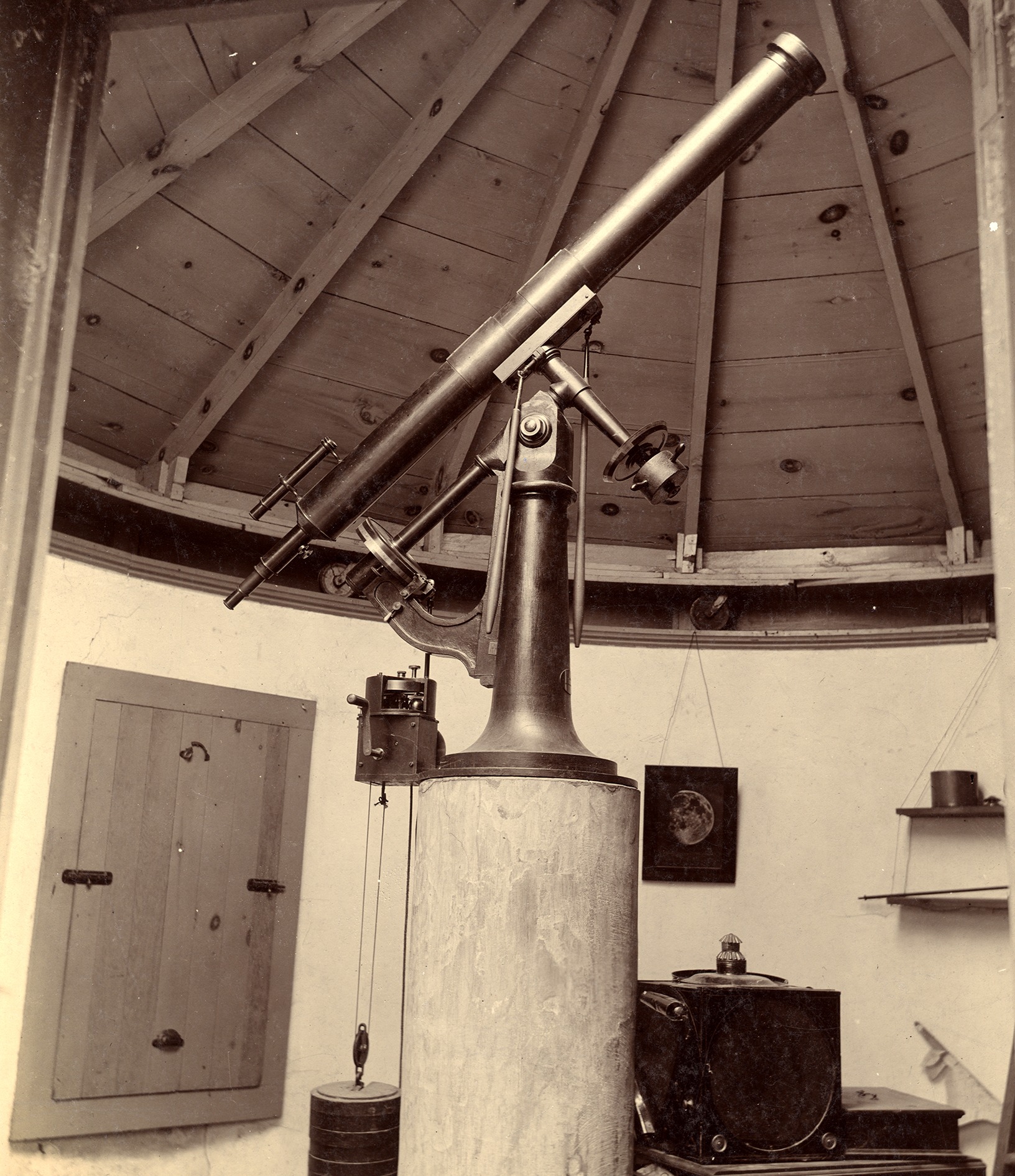
[ad_1]
Sometimes, astronomy research requires looking down.
Michigan State University (MSU) found the foundations of its first telescope observatory building, built in 1881. Workers stumbled upon the archaeology while installing hammock posts near student residences.
The astronomy discovery hearkens back to the first U.S. telescopes rising across the country to study space. MSU needed this building to keep up with the fast-changing research, the university stated.
Related: The 10 biggest telescopes on Earth
At what is known as MSU today, students had been doing naked-eye observations for years before professor Rolla Carpenter successfully got funding for a building to house its first 5.5-inch telescope, according to the university
“In the early days of MSU’s astronomy program, Carpenter would take students to the roof of College Hall and have them observe from there,” Ben Akey, campus archaeologist and anthropology doctoral student, said in a statement. “But he didn’t find it a sufficient solution for getting students experience in astronomical observation.”
That’s no surprise given how much astronomical activity was taking place in the 1870s and 1880s. The U.S. Naval Observatory had the largest refractor of the era built in 1873, according to the Library of Congress Telescopes were also built in the 1880s in areas such as Lick Observatory in California. Around the same time, Harvard College Observatory was using women “computers” to image the sky, too.
Astronomers of the era used telescopes for activities such as recording catalogs of nebula and star clusters, and measuring light spectra of stars to better learn about their composition.

MSU’s first astronomy building was circular and about 16 feet (5 meters) in diameter, according to a winter 2004 article about the observatory in the university’s alumni magazine. An iron track allowed the telescope to move in a complete circle and observe the sky through a roof opening.
A college catalog from 1898-99 includes the facility, the article adds, while a civil engineering report in 1915 mentions a facility vandalism attack from which only the telescope survived. No other records unearthed at the time showed what happened to the observatory. The telescope itself was found in the mid-1970s in the campus physics-astronomy building and is on display today at MSU’s Abrams Planetarium.
Akey said the new facility find would allow MSU’s archeology students valuable on-campus experience to practice their craft at the university, which was founded in 1855 before the Civil War began. At the time the observatory was first active, MSU was known as State Agricultural College; it acquired its modern-day name in 1964.
“With a campus this old, there’s a lot of historic materials [and] archaeological materials that would be disturbed by all the ongoing construction on campus,” Akey said in the statement.
MSU’s infrastructure planning and facilities division, which manages construction, ensures “objects are not disturbed, and we get a chance to document and analyze some of them (the objects). It’s a pretty cool job,” Akey added.
Research is ongoing using old maps, archaeology finds and the book “Stars Over the Red Cedar” (Schuler Books, 2020) about the MSU observatory program by professor emeritus Horace A. Smith.
Astronomy research continues today at MSU in modern form, using a 24-inch telescope available since 1969.
[ad_2]
